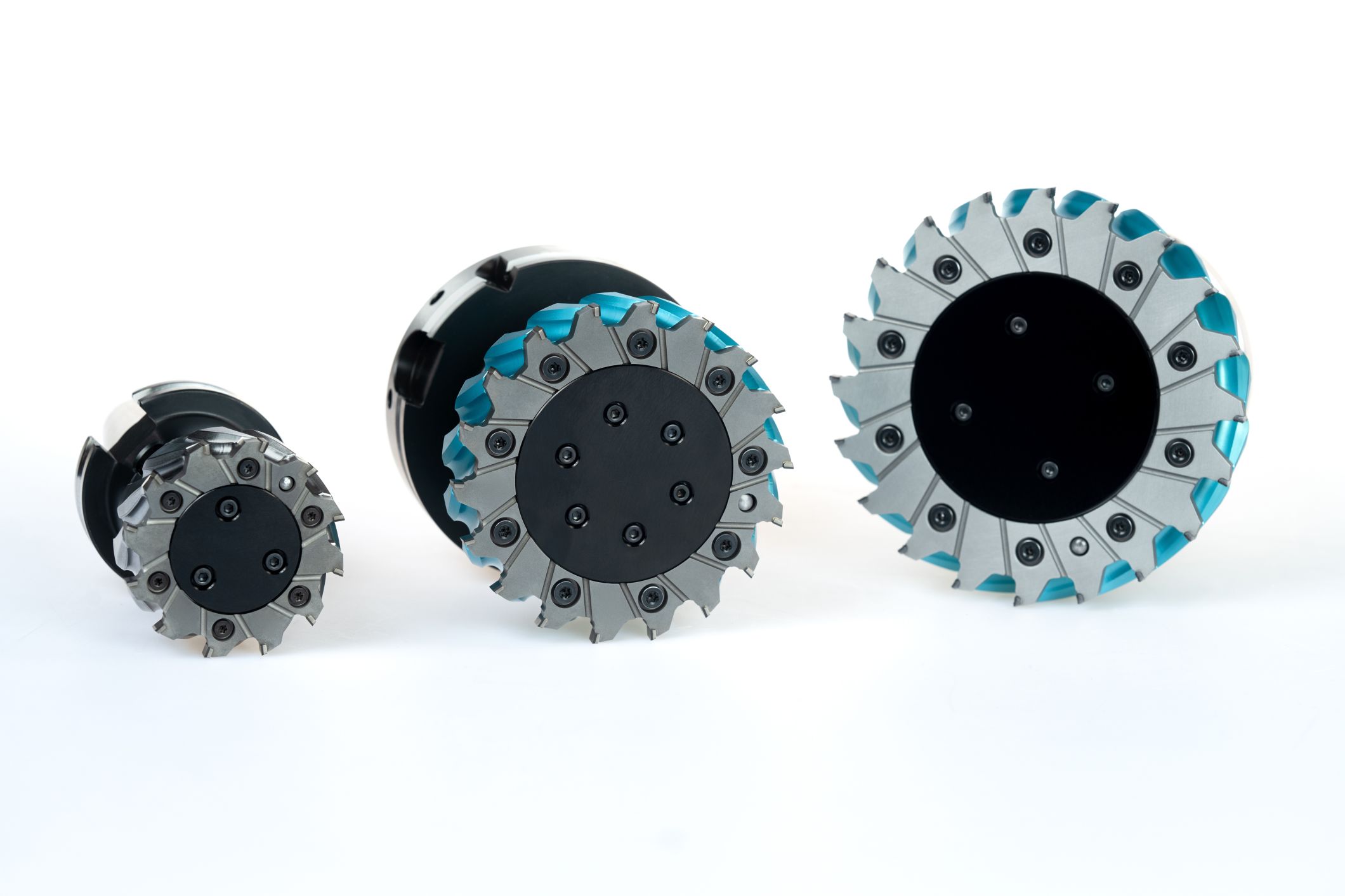Contribution by SMM
Despite the large number of new lightweight materials that have appeared on the market in recent years, aluminium continues to enjoy great popularity. Compared to other metals, aluminium is characterised by its softness, low weight and toughness – but there are also some challenges when it comes to machining.
Aluminium is one of the most popular materials for machining, especially milling. The light metal is characterised by its low weight, natural corrosion resistance, high stability and thermal conductivity. Thanks to its recyclability, aluminium also conserves environmental and financial resources. These properties make aluminium a versatile basis for components that are used in various industries, such as the automotive and aerospace industries.
Milling aluminium – Challenges and solutions
CNC machining of aluminium, in particular, milling, has established itself as a proven method for producing components from various aluminium alloys. Although milling aluminium can be a challenge, with the right tools, processes and methods it is possible to produce precise, high-quality aluminium components. Conventional face and corner milling cutters work, but are complicated and time-consuming to use and handle. URMA has risen to this challenge and utilised its extensive experience in the use of high-precision quick-change disconnect points. The result is the patented "MX diamond" face milling cutter system. For this modular cutting tool, URMA relies on the tried-and-tested, high-precision RX quick-change parting line, which ensures perfect axial run-out when changing the cutting edges – without the need for readjustment.
The teeth of the solid carbide cutting body are equipped with up to 20 PCD tips (polycrystalline diamond), and are ideal for machining lightweight materials such as aluminium, magnesium, copper-containing metals without iron, composites and fibre-reinforced plastics (polymers). This latest generation of face milling enables efficient production processes and automated production. Due to the high tool rigidity of the "MX diamond", both finishing and roughing cuts can be carried out with the same cutting edge. "MX diamond" achieves a feed rate of 0.05 to 0.3 mm per tooth and a cutting speed of up to 5000 m/min. Various geometries are available to meet individual requirements.
Processing time reduced by 96%
The alloys and, therefore, the material properties are as varied as the aluminium applications. This is because even small additions of the alloying elements magnesium, silicon, copper, zinc, nickel and manganese greatly change the properties of pure aluminium. A Swiss manufacturer of carrier plates uses an aluminium wrought alloy for the component, which tends to lead to material becoming stuck to the cutting edge, resulting in poor surface quality and premature tool wear. In addition, the clamping of the workpiece is very unstable, as it is a thin-walled component with varying wall thicknesses (40 mm - 4 mm). As a result, the risk of deformation due to the workpiece holder is very high. The customer also requested a 30 per cent reduction in process time.
The milling operations with "MX diamond" already showed in the test phase that the variations in wall thickness are not critical. In addition, the high standard of evenness required by the customer was clearly exceeded: The surface quality after milling is Ra <0.4µm. The previous process was carried out with a single-edged PCD milling head, which resulted in a very long machining time and required additional finishing operations. Thanks to the URMA cutting edge with 20 teeth and roughing and finishing in a single process step, the machining time has been reduced by 96 % with "MX diamond". This reduced the processing time from approx. 26 minutes to approx. 1 minute. MX diamond" is not only interesting for series manufacturers, but also for companies and precision manufacturers with small production batches and many different components and requirements.
Aluminium milling made easy: MX diamond
The "MX diamond" quick-change system stands for minimum adjustment effort, high rigidity, high cutting speed with high feed rate and optimum chip removal thanks to the ideal chip space geometry and coolant supply. The simple handling of the blade change without additional adjustment effort also guarantees maximum precision and enables automated production.
